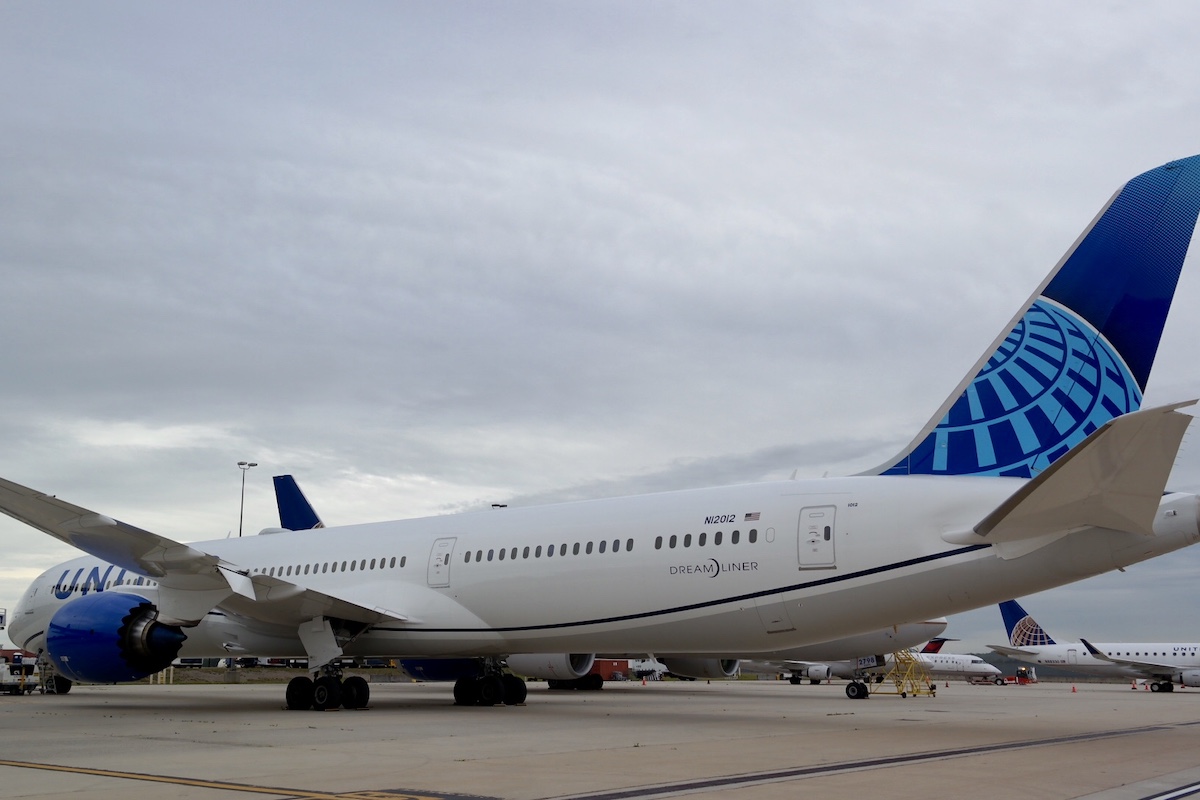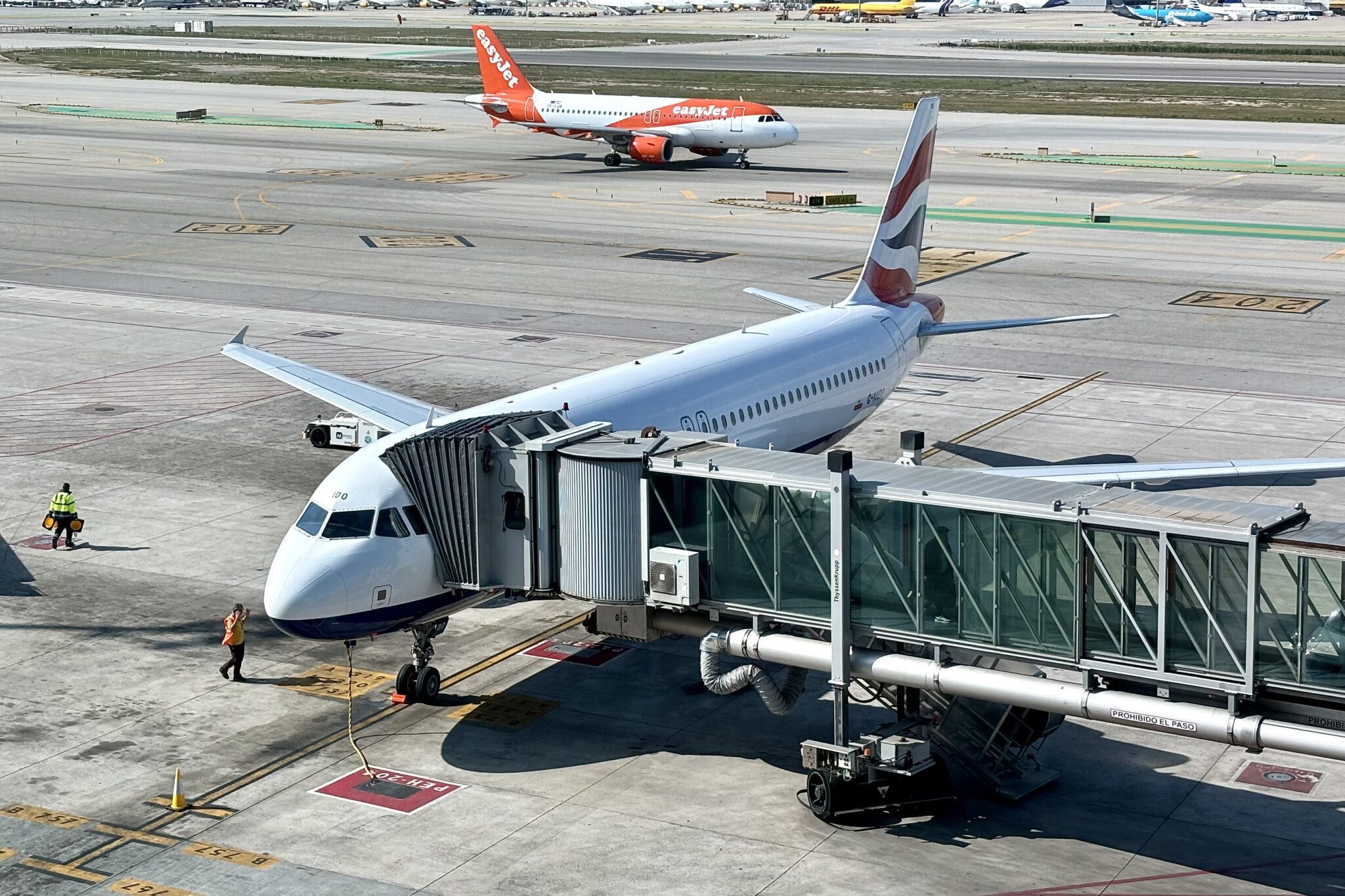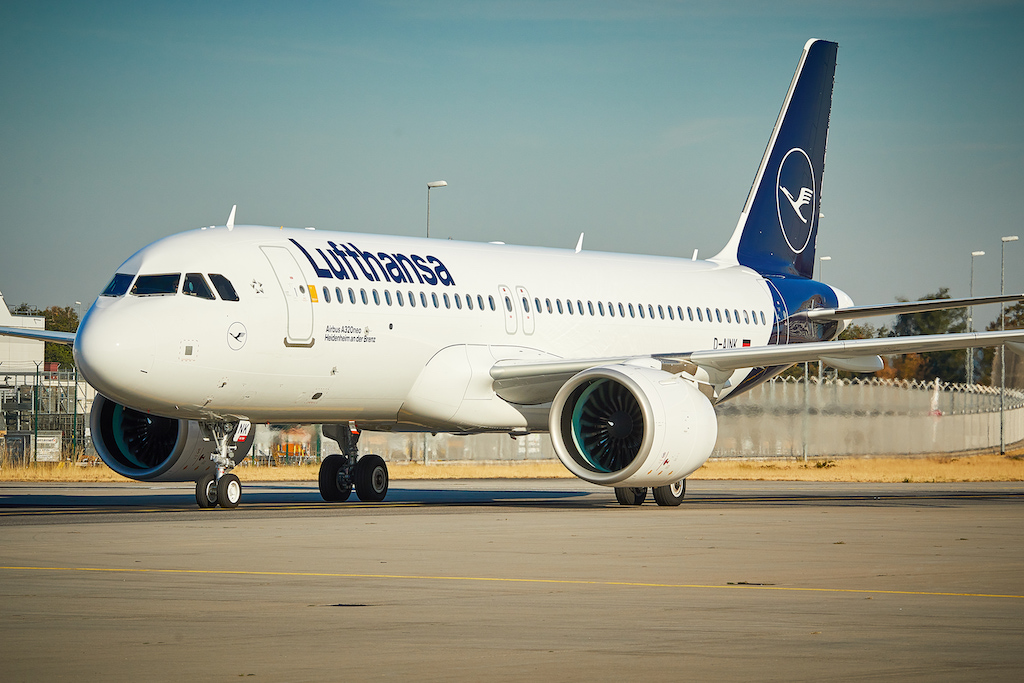United Airlines Chief Financial Officer Gerry Laderman once said that an airline could buy a plane tailored to a few routes in its network but, if that is the case, it should not buy said plane. The better bet was to purchase an aircraft that serves the broadest number of routes efficiently, and to buy a lot of them.
That is exactly what Chicago-based United opted to do Tuesday for its fleet of widebody aircraft that fly long, intercontinental routes. The carrier unveiled a deal for up to 200 Boeing 787s — 100 firm aircraft plus 100 options of either the -8, -9, or -10 variants — that will make the plane the backbone of its longhaul fleet for decades to come. The first 100 aircraft will replace the 54 aging Boeing 767s in United’s fleet, plus some older Boeing 777s, by 2030 with the rest slated for expansion. All of the new aircraft are due to arrive by 2032.
The order is valued at more than $29 billion, based on Boeing’s list price for a new 787-9. However, airlines rarely pay full list price for aircraft.
United’s large 787 replacement order comes despite the aircraft being widely acknowledged as a significantly more capable plane — it can carry more passengers and fly further, for example — than the 767. These additional capabilities, which are part of the purchase price of the aircraft, go unused if it is flown on routes where they are not needed.
But the 787 offers something to United that no other available new widebody aircraft does: Scale. The carrier already operates 64 787s, the second largest number of twin-aisle planes in its fleet after its 96 777s.
“You should go to the best aircraft of the aircraft you’re operating a significant fleet size of, because in that situation the cost of complexity does outweigh the benefit of having the absolute perfect aircraft for that specific mission,” Laderman said in a 2018 interview when he was treasurer of United.
Laderman reiterated that view Tuesday, saying the economics of adding a new aircraft type to United’s fleet, for example, the Airbus A350, did not “make sense.”
United maintains an existing order for 45 A350s. However, Laderman said that deliveries have been delayed — again — to 2030 at the earliest.
Airline Weekly first reported United’s plans for a large order of either A350s or 787s by year-end in August.
United’s aircraft deal comes at an optimistic time for the industry. After the shock of the pandemic and a bumpy recovery, airlines are bullish about 2023. Why? Many point to a level of travel spending that is still below historic norms as a percentage of overall economic activity. This gave Delta Air Lines CEO Ed Bastian the confidence in October to proclaim that travel was “countercyclical” to a potential U.S. recession. Other airline executives have made similar comments though none went as far as calling the industry countercyclical.
Wall Street analysts generally support this outlook, at least over the near- to medium-term. Many expect the industry’s financial performance to improve in 2023 on the back of strong demand and capacity constraints. And United, at least among U.S. carriers, is expected to benefit significantly from its larger exposure to international markets than American Airlines or Delta; longhaul international travel, particularly to Asia, is expected to rebound dramatically next year.
“United has the greatest exposure to the ongoing recovery in higher-margin international travel among U.S. airlines,” Cowen & Co. analyst Helane Becker wrote in a December 1 report. The airline stands to benefit from this exposure, she added.
United executives have leaned into this view and claimed that the airline is the new “flag carrier” for the U.S. CEO Scott Kirby reiterated this view Tuesday and said the decision to keep all of its widebody planes during the pandemic rather than retiring some “set [United] apart” from its competitors.
“Today marks another step, a really big step, in solidifying United’s position as the flag carrier of the U.S.,” Kirby said of the 787 order.
Boeing effectively forced United’s decision when it cancelled the much talked about New Mid-Market Airplane in 2020. The aircraft would have sat between the 787 and the 737 Max with the ability to fly roughly 200-300 passengers around 4,000 miles — in other words, perfect for water jumps between the U.S. East Coast and Europe. The planemaker reinforced this decision in November when CEO David Calhoun said Boeing would not “contemplate” a new airplane for some years and then target an introduction sometime in the middle of the 2030s.
This has left carriers, like Delta and United, with no other option than to buy what is already available on the market, namely, Airbus A330neos or A350s, or 787s. Delta has gone the former route with orders for the A330-900 and A350. American, like United today, selected the 787 for its 767 replacement needs in 2018. And the Airbus A321XLR has already won the race to replace longer range Boeing 757s with orders from airlines around the world, including from International Airlines Group, Qantas Airways, and United.
In addition to the 787s, United committed Tuesday to another 100 Boeing 737 Maxes, including a new order for 56 aircraft and the conversion of 44 options. The latter bucket will arrive from 2024-26, and the former in 2027-28. Laderman said the airline has not decided whether the additional Maxes will be used for replacement or growth.
The 737 Max deal is worth nearly $13 billion at list prices.
United had 353 737 Maxes on order at the end of September.





